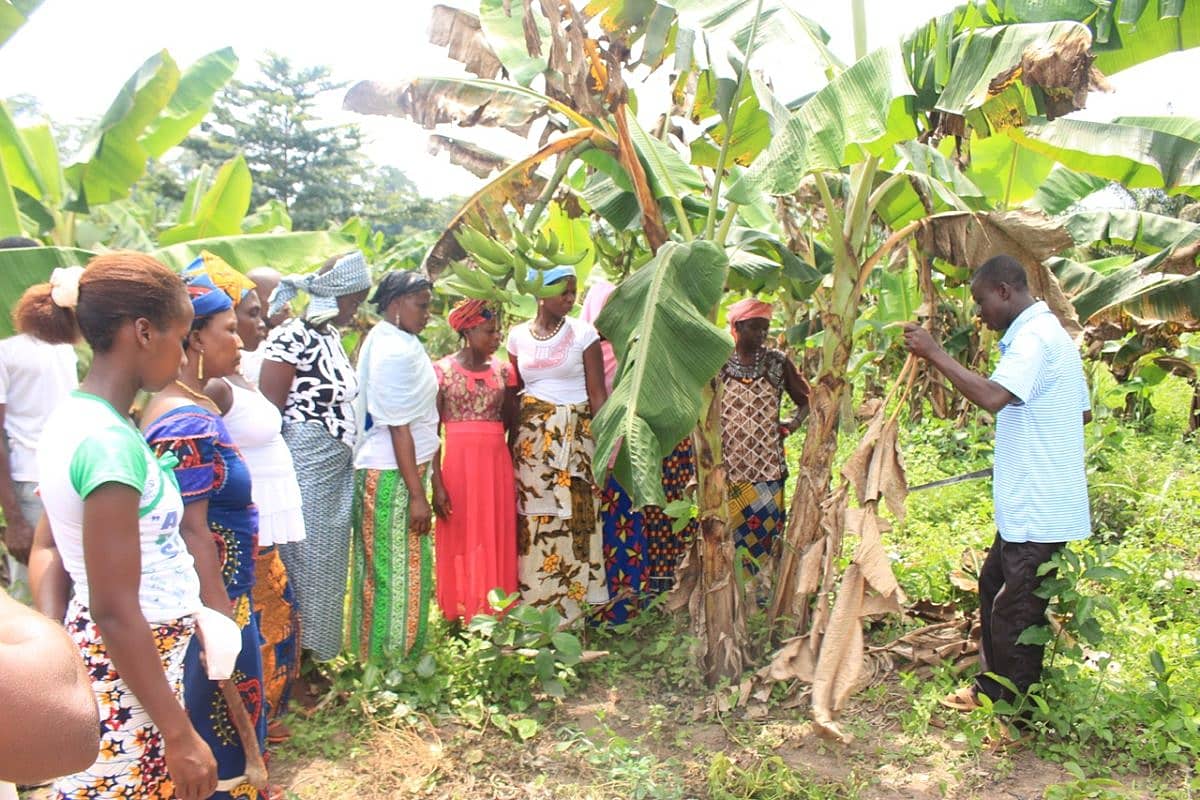Cocoa
Standing for Good
For the cocoa we buy and the places it comes from, we are advancing key strategic goals.

Reduce emissions and protect forests
Eliminating deforestation and preserving natural ecosystems are essential to meeting our climate commitment.
In alignment with Forest, Land, & Agriculture (FLAG) Guidance from the Science Based Targets Initiative (SBTi), General Mills has committed to no deforestation across its primary deforestation-linked commodities — including cocoa — with a target date of December 31, 2025. Learn more in our No Deforestation Statement.
As of the end of calendar year 2024, 88% of the cocoa and chocolate we directly sourced was assessed as deforestation-free, in compliance with General Mills standards.1 We continually engage our supply base to increase traceability and advance towards our goal.
Positively impact cocoa-growing communities
We work with key suppliers to provide direct support to cocoa-growing communities in West Africa and other producing regions, addressing systemic challenges and enforcing our Supplier Code of Conduct.
We also partner with leading organizations to advance the economic empowerment of cocoa farmers and build resilient communities.
Drive change through collaboration
We’re a member of the World Cocoa Foundation (WCF) and the Cocoa & Forests Initiative, which works across the food industry to create impactful solutions for a more sustainable cocoa sector. Read more about our approach in our CFI Action Plan.
In 2014, General Mills and Care International launched the Cocoa Sustainability Initiative to improve smallholder cocoa farmers’ livelihoods and well-being in West Africa. General Mills also partners with PUR to enable ecological resilience through agroforestry programs in Ghana and Côte d'Ivoire.
1. Deforestation-free volumes must at minimum demonstrate compliance with requirements for traceability from farm to first point of purchase; acceptable chain of custody models may vary depending on supply chain and relevant regional requirements, such as EUDR.
